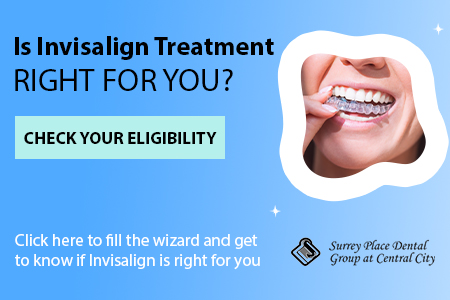When a tooth is missing, the jawbone atrophies or is reabsorbed. This often leaves a condition in which there is poor quality and quantity of bone suitable for the placement of dental implants or for properly fitting dentures or bridges.
A bone graft is a procedure that replaces missing bone with material from the patient’s own body or an artificial, synthetic, or natural substitute. The graft not only replaces missing bone, it can preserve, and in some cases, reverse bone loss. Over time, this new growth then strengthens the area by forming a bridge between your existing bone and the grafted material.
Bone grafts and implants give patients the opportunity to replace missing teeth, to gain back their confidence and restore esthetic appearance and functionality.

FAQs – Frequently Asked Questions
Bone grafts are essential for replacing missing or damaged bone in your jaw. Whether a cavity has reduced your tooth to an empty, gummy space after an extraction, or gum disease has caused loose teeth, a bone graft can repair and rebuild the damaged bone needed to support a dental implant.
Most patients who receive bone grafts will be sore for several days but as long as they take any recommended medication and follow their post-operative instructions this will be short-lived. The benefits of a bone graft far outweigh the temporary discomfort caused by the procedure itself.
There is a higher risk for bone graft failure in patients with existing medical conditions or are smokers. The good news is your dentist will still be able to remove and replace the failed bone graft with a second bone graft procedure, once the surgical area is healed.


